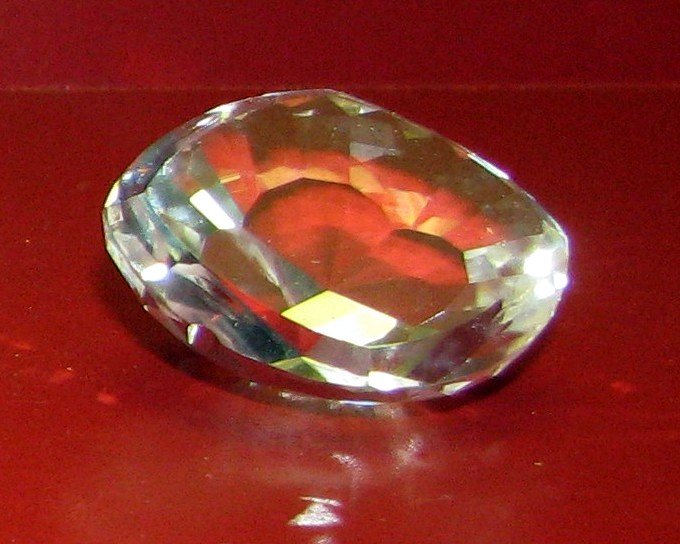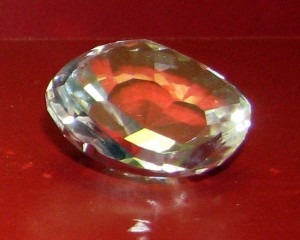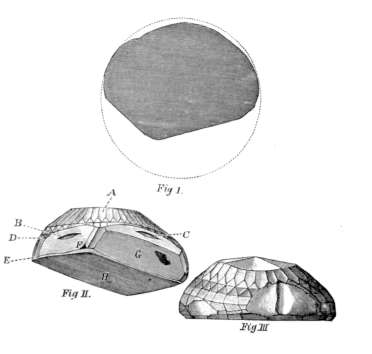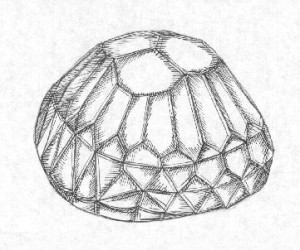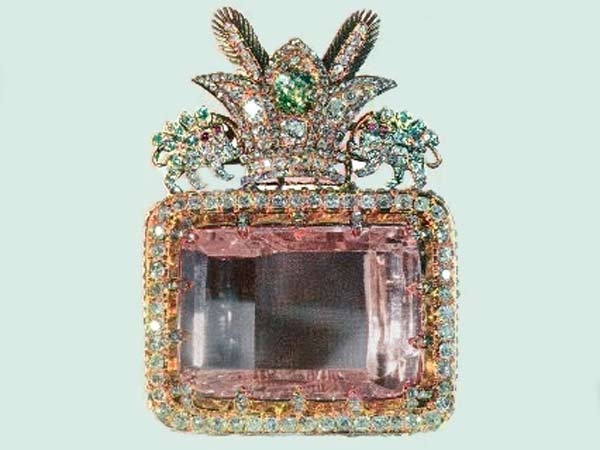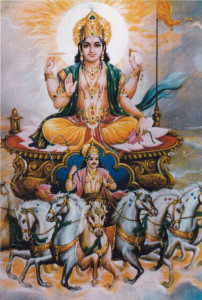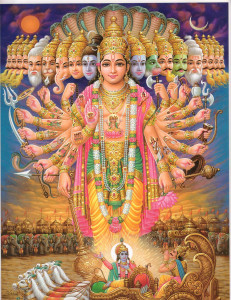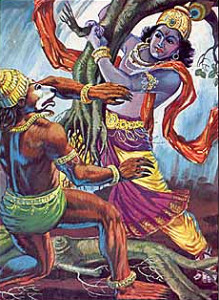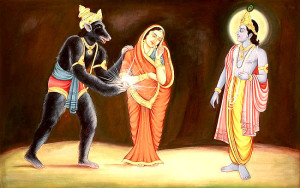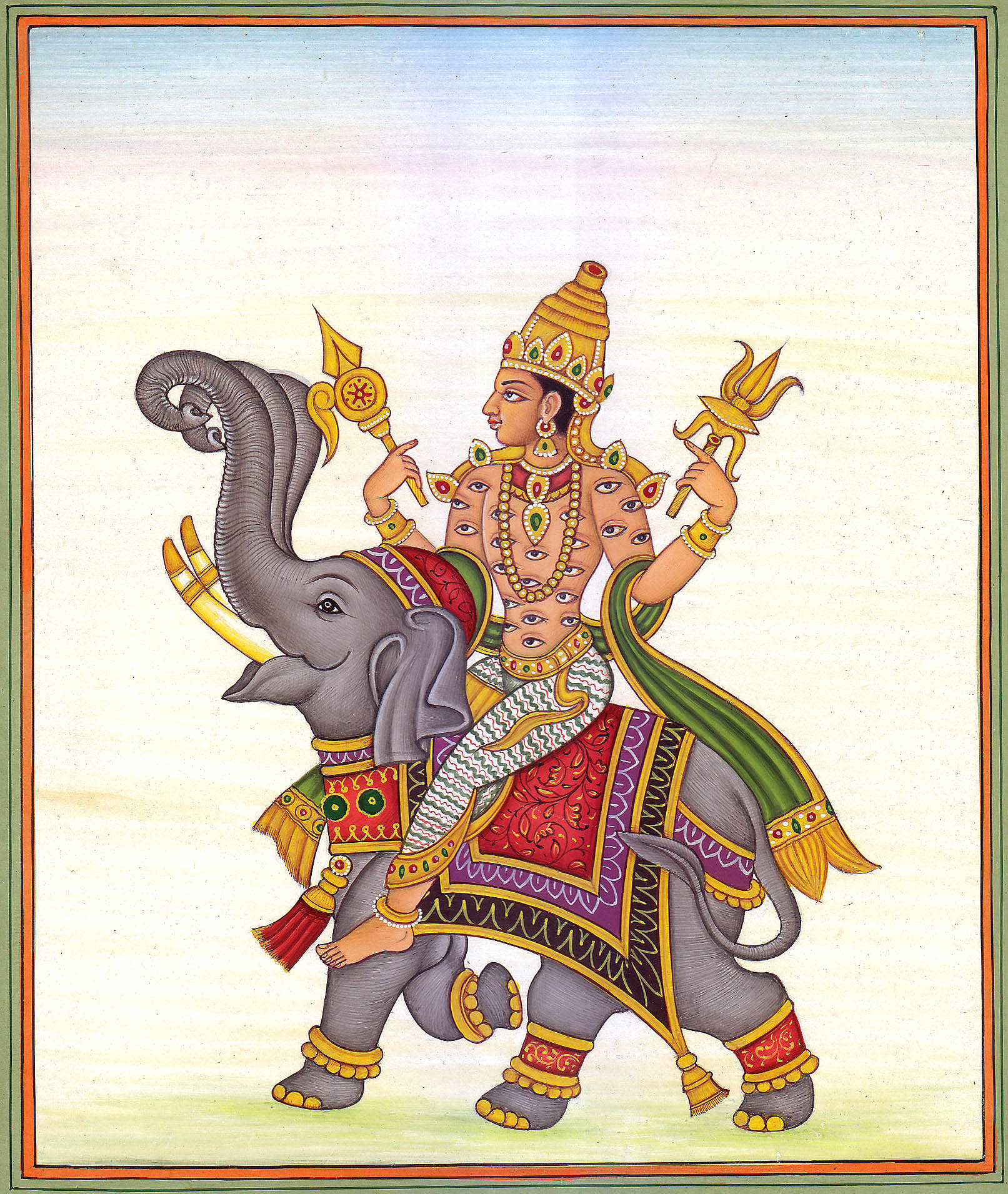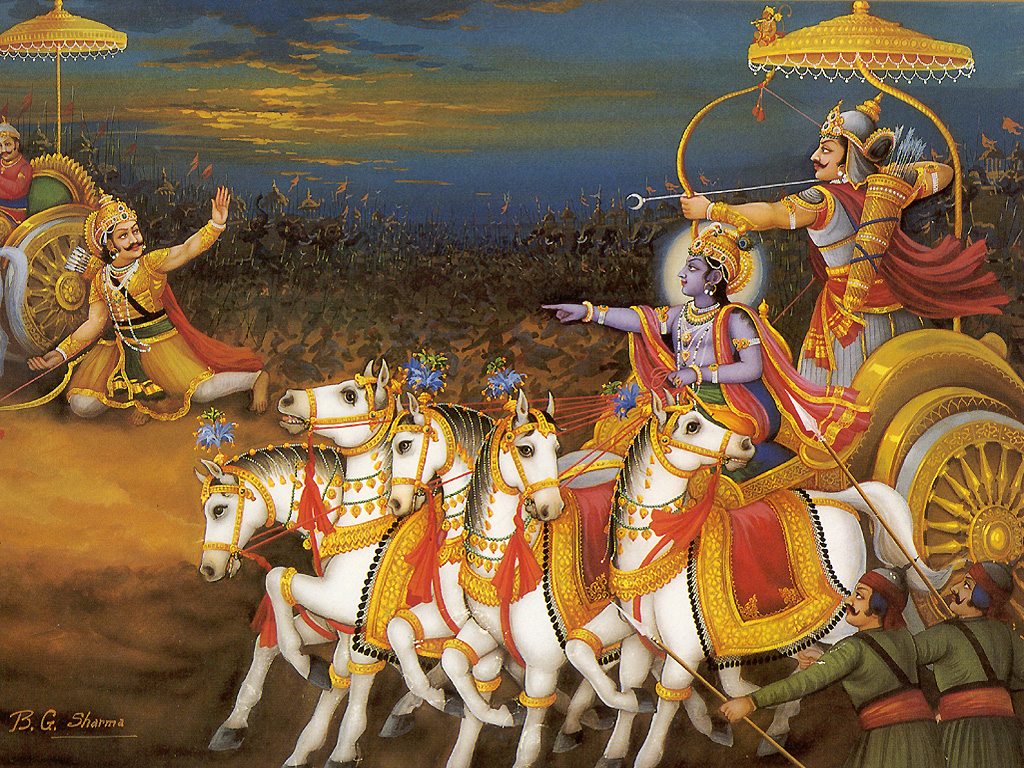This article is the first of a three part article about the famous Koh-i-Noor diamond.
In this first part, after a short description of the precious jewel, the legends surrounding the Koh-i-Noor shall be uncovered.
Glass replica of the Koh-i-Noor diamond in its original form
The Koh-i-Noor (means “mountain of light” in urdu) is one of the most famous diamonds in the world. This name was given after the exclamation of admiration coming from Nadir Shah when he first saw it. Before this one, in his long history, it is encountered with other names like Syamantaka, Madnayak (“King of Jewels”), and “the Diamond of Babur”.
The Koh-i-Noor was once the largest diamond in the world, weighing 186 carats:
The Koh-i-noor drawing reproductions
The Koh-i-Noor and his brother, Darya-ye Noor (means “Sea of Light”, or “Ocean of Light” in persian) were mined at the Golconda mines, in Andhra Pradesh, India.
Pink Diamond Darya-ye Noor 182 carats (36 g)
The Koh-i-Noor in legend
Characters:
- Surya – the Sun God
- Satrajit – Yadava ruler
- Prasen – Satrajit brother
- Vishnu – a Vedic Supreme God
- Jambavan – immortal hero and son of Vishnu
- Krishna – incarnation of Vishnu
- Satyabhama – daughter of Satrajit and wife of Krishna
- Satadhanwa – friend of Akrura
- Akrura – commander of the Yadava army
- Karna – great hero and the son of Surya
- Arjuna – great hero and the son of Indra
- Indra – God of Weather and War
- Raja Yudhisthira – leader of Pandava
It’s believed that the diamond is 5000 years old and Mahabharata, an ancient Sanskrit epic writing, mentions it. The Koh-i-Noor is associated with Syamantaka, a famous blessed jewel in Indian mythology. Syamantaka was the source of the magnificent appearance of Surya, the Sun God, who wore it around his neck. Also the jewel protected the land from calamities and brought prosperity to it.
Surya the Sun God and Vishnu the Supreme God
Delighted by the faith of his worshiper Satrajit, a Yadava ruler, the Sun God appears before him and gives Syamantaka to him. Enchanted by its beauty, Prasen, Satrajit brother, wears the jewel often. During a hunt, Prasen is killed by a lion that flies with the diamond. On his way he meets Jambavan, an immortal hero who could transform himself into a sloth bear. A fight starts; Jambavan kills the lion, takes the jewel and gives it to his daughter.
Meanwhile, for the death of Prasen and the disappearance of the jewel is suspected Krishna, because of a rumor about his interest in the diamond. Krishna was the incarnation of Vishnu, a Vedic Supreme God.
To clear his name, he start an investigation at the murder site, tracking the dead lion and following Jambavan bear footprints to his cave. Here a great battle begins. After 28 days of fighting, Jambavan, all bruised and weakened, realizes who his opponent is and submits. He gives his daughter to Krishna, as wife, along with diamond.
The outcome of the fight between Krishna and Jambavan
Krishna returns the jewel to Satrajit, telling him the hole story. After hearing the truth, the Yadava ruler, full of remorse, gives the hero the hand of his daughter. But Satyabhama, the princess, was first promised to Satadhanwa. This person planes to assassinate Satrajit and to steal the jewel. Profiting from the absence of Krishna, he carries out his vengeance in the cover of the night.
Later Krishna avenges Satyabhama father by killing the assassin and leaves the jewel to Akrura, a friend of both men, with the condition that it will remain in the city of Dwaraka.
Indra the God of Weather and War
Other stories say that Krishna gives back Syamantaka jewel to the Sun God. And Surya passes the diamond to his mortal son, Karna. Karna is maybe the greatest warrior of Mahabharata and an example of courage and generosity. Because of a twisted fate (three curses, Gods plots against him, mother request) he falls in the battle of Kurukshetra, against Arjuna. Arjuna, undefeated hero of Mahabharata and the son of Indra (God of Weather and War) takes the diamond and gives it to Raja Yudhisthira at his coronation.
Krishna and Arjuna against Karna
Later a curse is put on the jewel: “He who owns this diamond will own the world, but will also know all its misfortunes. Only God, or a woman, can wear it with impunity.“
While this article focused on some of the legends surrounding the Koh-i-Noor, the next article in this series will discuss the history of the famous diamond.
